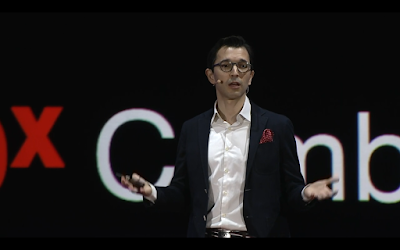What is Web Development? Important Points and Takeaways

Disclaimer The following is a reflection on my reading from Chapter 1 of Fundamentals of Web Development (2nd Edition) by Randy Connolly and Ricardo Hoar . All credit for illustrations and "Key Point" bullet points go to the authors of this book. Bullet points labeled "Takeaway" are my own thoughts and are in my own words. This post is serves as a commentary and reflection on the chapter, not as a summary or a publishing of the contents of the book. It is meant to help other JMU CS students by highlighting what I thought was important so that they can reflect after they read the chapter themselves. Disclaimer Fair use is a legal doctrine that promotes freedom of expression by permitting the unlicensed use of copyright-protected works in certain circumstances. Section 107 of the Copyright Act provides the statutory framework for determining whether something is a fair use and identifies certain types of uses—such as criticism, comment, news reporting, teac

